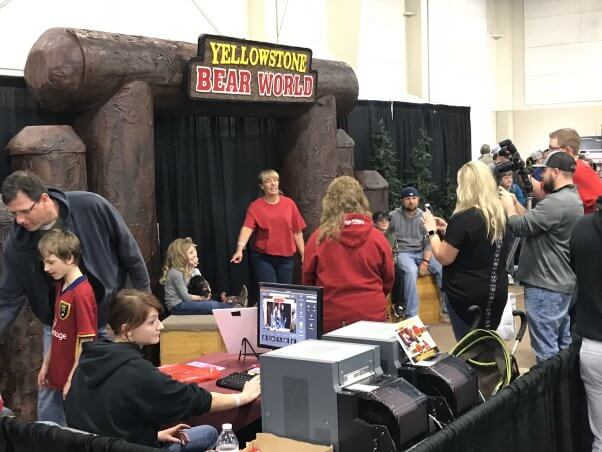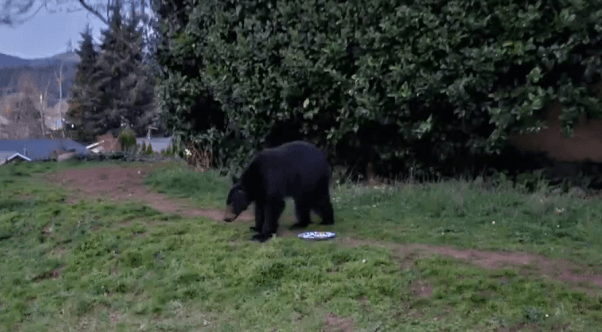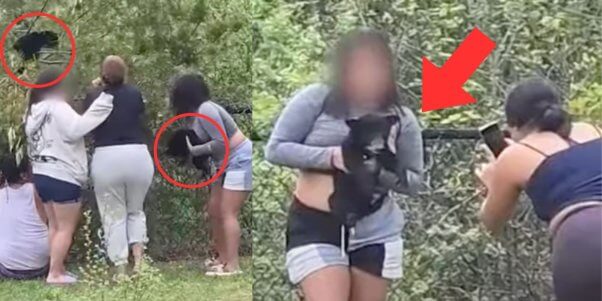The Fatal Consequences of Cub-Petting Operations
Roadside zoos that exploit bear cubs for photo ops have blood on their hands—and it’s not just that of the animals they exploit. April 2024 saw multiple incidents in which humans directly engaged with wildlife, unveiling a deeply disturbing revelation: Even beyond the confines of greedy roadside zoos and cub-petting operations, bears’ lives are threatened by dangerous human interactions.
By using vulnerable bears in cruel public encounters—like cub-petting, bottle-feeding, and photo ops—tourist traps like Yellowstone Bear World and Oswald’s Bear Ranch normalize the speciesist belief that other animals exist for humans’ amusement.

Cub-Petting Operations Normalize Speciesism
At Yellowstone Bear World, Oswald’s Bear Ranch, and other similar seedy operations, guests pay to pet, feed, and take photos with vulnerable bear cubs who have been separated from their protective mothers. In nature, bear cubs would be in their mother’s nurturing care for up to two years. But in the cub-petting industry, babies often don’t even get more than a few weeks with their mothers.
Premature maternal separation, constant confinement, and forced interactions with humans often cause bears extreme psychological distress. Many of them pace in their enclosures, cry out, exhibit displaced suckling behavior, toss their head, or suffer from other long-term developmental issues that hinder their ability to cope with their captive environment and increase their susceptibility to disease.
The Ramifications of Cub-Petting Interactions
Normalizing direct-contact encounters with wildlife can have dangerous and even fatal consequences for both humans and animals. On April 2, 2024, wildlife officials had to euthanize a young black bear who was reportedly causing disturbances in the residential neighborhood of Cottage Grove, Oregon. Residents had reportedly been feeding the bear, who learned to consider the area a resource for food and became acclimated to humans.

According to officials, these direct-contact encounters with the bear created a public safety threat, as the bear reportedly began approaching humans on their porches and sleeping in front of residents’ front doors.
That same month, a group of people were caught on video ripping two black bear cubs out of a tree for a selfie. Footage of the incident shows the bears struggling to get away while the group of instigators forcibly grab at them. In nature, it’s normal for mother bears to leave their babies in or under a “babysitter tree” while they forage for food, which is likely why the cubs were in the tree to begin with.

Wildlife officials arrived on the scene to find only one of the bears, who was drenched and cold. The cub was sent to a rehabilitation facility and will eventually be released back into nature—but due to the irresponsible actions of humans, she has been robbed of her natural right to develop alongside her mother.
Take Action Against Cruel Cub-Petting Operations
Although many roadside zoos claim to promote “education” and “conservation,” research shows that allowing encounters between humans and wildlife harms conservation efforts and increases interest in the exotic-pet trade and illegal wildlife trafficking. You can take action for exploited bears by sending messages to Yellowstone Bear World and Oswald’s Bear Ranch:

